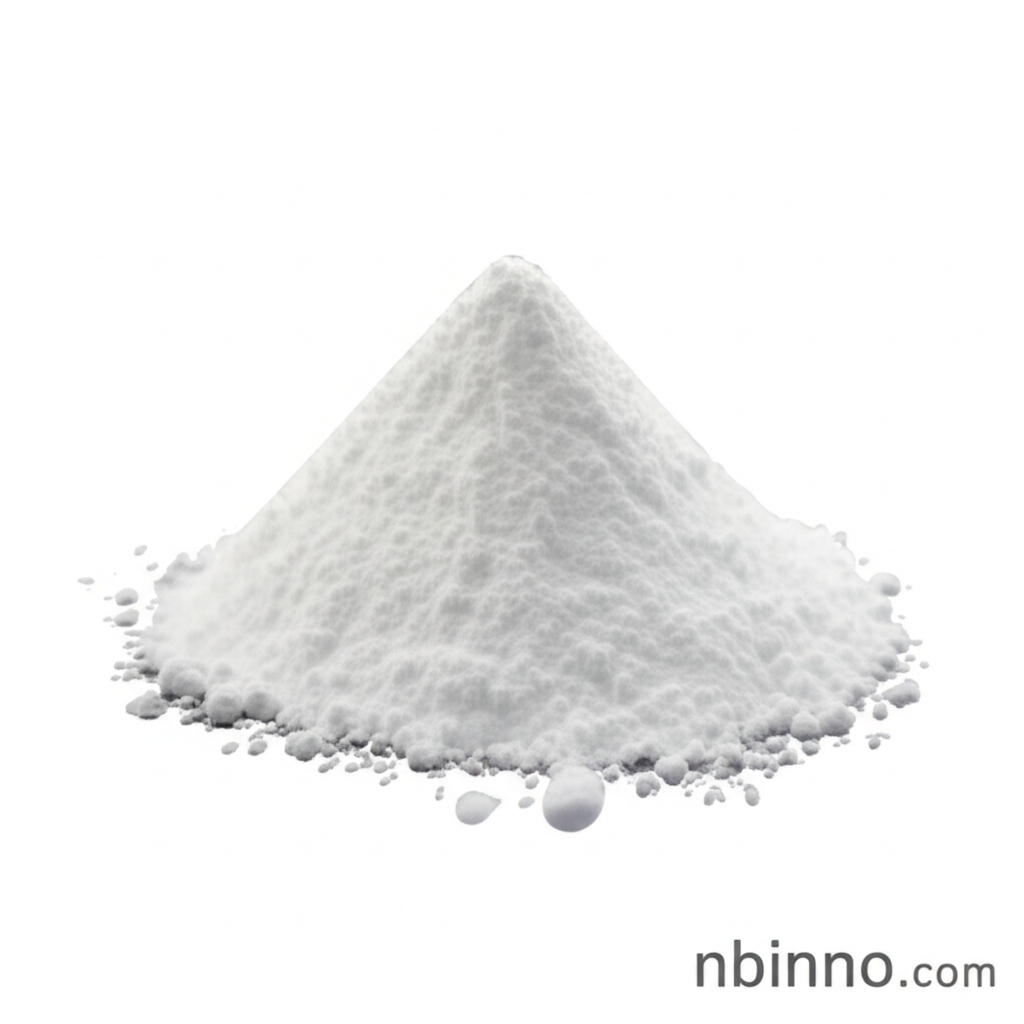Mequinol: A Versatile Chemical Intermediate for Polymerization Inhibition, Skin Whitening, and Fine Chemical Synthesis
Discover the multifaceted applications of 4-Methoxyphenol in various industries.
Get a Quote & SampleProduct Core Value

4-Methoxyphenol
4-Methoxyphenol, also known as Mequinol, is a high-performance organic compound essential across multiple sectors. Its primary role as a polymerization inhibitor for monomers like acrylates and styrene is critical for safe handling and processing, preventing unwanted reactions. Beyond its industrial applications, it's recognized for its effectiveness as a skin whitening agent and as a key intermediate in the synthesis of various fine chemicals, including antioxidants, pharmaceuticals, and agrochemicals.
- As a key polymerization inhibitor for acrylates, its use ensures process stability and product integrity.
- The skin whitening agent mequinol offers significant benefits in dermatological applications for depigmentation.
- This 4-methoxyphenol chemical intermediate is vital for the synthesis of antioxidants like BHA.
- Its UV stabilization properties make it valuable in protecting various materials from degradation.
Advantages Provided by the Product
Enhanced Polymerization Control
Leveraging its role as a polymerization inhibitor for acrylates, 4-methoxyphenol offers superior control during monomer manufacturing and storage, preventing premature reactions and ensuring product stability.
Effective Skin Depigmentation
As a celebrated skin whitening agent mequinol, it is utilized in topical dermatological preparations to address pigmentation issues, offering cosmetic benefits.
Versatile Chemical Synthesis Intermediate
This 4-methoxyphenol chemical intermediate serves as a foundational block for synthesizing a wide range of valuable compounds, including antioxidants, pharmaceuticals, and agrochemicals, driving innovation in these fields.
Key Applications
Monomer Stabilization
Acting as a polymerization inhibitor for acrylic monomers and acrylonitriles, it is indispensable in the production and transport of materials like acrylic acids and their esters.
Dermatological Treatments
Its use as a topical drug in dermatology for skin depigmentation highlights its importance in cosmetic and therapeutic formulations.
Antioxidant and Dye Synthesis
As a key intermediate for antioxidants and dye preparation, it plays a role in enhancing product longevity and providing colorants.
Stabilizer in Formulations
It functions as a stabilizer for chlorinated hydrocarbons, ethyl cellulose, liquid detergents, and cosmetics, improving their shelf-life and performance.
